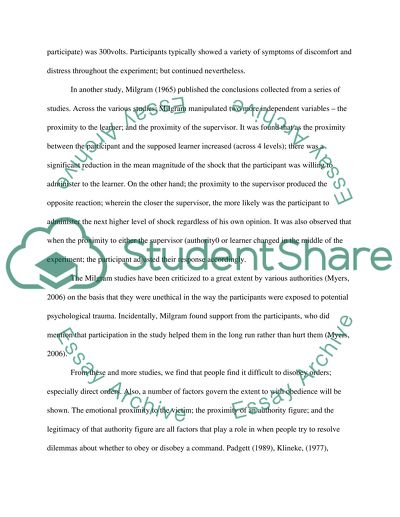Cite this document
(“Obedience, social perception and social relations Research Paper”, n.d.)
Retrieved from https://studentshare.org/psychology/1431967-obedience-social-perception-and-social-realtions
Retrieved from https://studentshare.org/psychology/1431967-obedience-social-perception-and-social-realtions
(Obedience, Social Perception and Social Relations Research Paper)
https://studentshare.org/psychology/1431967-obedience-social-perception-and-social-realtions.
https://studentshare.org/psychology/1431967-obedience-social-perception-and-social-realtions.
“Obedience, Social Perception and Social Relations Research Paper”, n.d. https://studentshare.org/psychology/1431967-obedience-social-perception-and-social-realtions.


